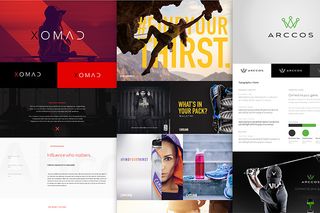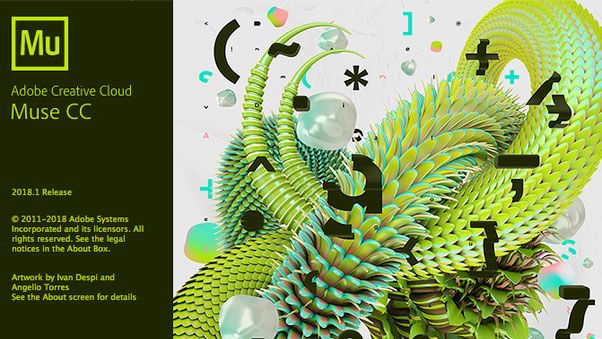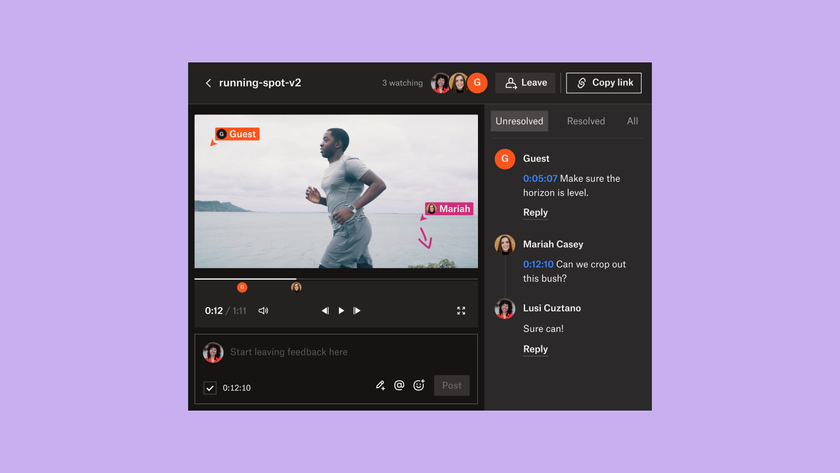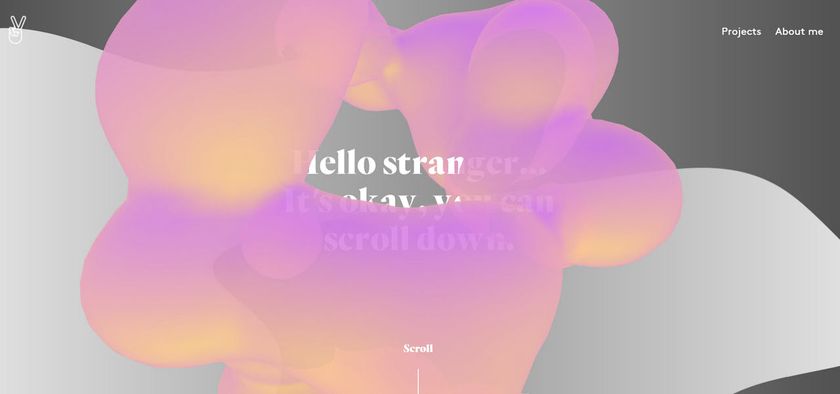How design sprints can shape your brand
Design sprints can transform team engagement and spark ideas.

Design sprints, popularised by Jake Knapp, a design partner at Google Ventures (now called GV), have fundamentally changed how startups and large organisations alike design products, services, and experiences.
To put it simply, a design sprint is a framework created to optimise your chances of creating something that people actually want. Here we'll explain how design sprints work and why you should consider a design sprint for your brand or business.
Design sprints maximise short timescales
Influenced by Eric Ries' Lean Startup principles, design sprints emphasise short time constraints and prototypes, using small, cross-functional teams to quickly iterate and validate ideas.
This eliminates, or at least reduces, the odds that a product will be found to be completely useless to the end user after a significant investment of time, effort, and money.
Design sprints have not only been used by Google Ventures to accelerate growth at startups like Slack and Nest, but internally at the parent company to create Gmail and Google X products.
Knapp himself describes the five-day sprint as follows:
- Day 1: Understand - Dig into the design problem through research, competitive review, and strategy exercises.
- Day 2: Diverge - Rapidly develop as many solutions as possible.
- Day 3: Decide - Choose the best ideas and hammer out a user story.
- Day 4: Prototype - Build something quick and dirty that can be shown to users.
- Day 5: Validate - Show the prototype to real humans (in other words, people outside your company) and learn what works and what doesn't work.
In only five days, the team uncovers issues, brainstorms solutions, makes strategic choices, prototypes, and observes real users experiencing the product.
These cross-functional teams focused on the consumer, data, design, and technology short-circuit longer waterfall processes and incorporate agile thinking to do better work, and faster. The business constraints, teamwork, and outcomes of a sprint can inspire and ignite teams forward.
Knapp is the first to admit this model is based on the design thinking methodology created by Stanford's d.school and innovation firm IDEO, now used by creative organisations the world over to create human-centred products and services.
Design sprints can build brands
Not unlike other practitioners of design sprints and thinking, at Digital Surgeons we've primarily used our constrained framework (that includes game storming techniques developed by Dave Grey) to build better products, services, and experiences.
But what about brands?
Brand building is typically viewed as part of a long-term engagement. Organisations, and their internal, agency, or consultant teams invest in a discovery (typically through an agency briefing process), a visual exploration or moodboard, and a brand and identity strategy that culminates into a 'big idea' campaign with brand guidelines, strategic planning, a website, a communications plan, and media buying.

While these artifacts are incredibly valuable, and necessary, a design sprint offers immediate clarity that can then be used as a creative springboard into other key deliverables.
We've had great luck 'cracking' big idea programs in single sprints that have led to multi-year campaigns that attack various business challenges.
It's ultimately all about transforming brands with velocity and allowing the sprint to act as a rally cry that connects people from multiple departments and points them towards what's next.
Brand-focused teams can take inspiration from product teams and use design sprints to eliminate brand dogma and validate ideas in quick, inexpensive bursts of time and energy.
Design sprints should happen regularly
At Google Ventures, Knapp recommends that product teams hold at least one sprint a quarter to gut-check the status of long-term projects.
A sprint can challenge long-held, and possibly false, assumptions within your brand strategy to separate what's working, from what desperately needs triage.
And best of all, at the end of a design sprint, you're left with designed brand artifacts to help keep up with the rapid race to create 'real-time' and opportunistic content.
I recommend that sprint teams use a 'war room', a set aside space with walls that can be covered in sticky notes, tape, images, and other outputs to capture the thinking of the team. Mimic your favourite detective show and cover a wall or board with forensic thinking.
Not only does this provide a canvas for shared work, it helps visual and kinaesthetic learners to absorb and retain information.
By the end of a sprint, the walls of your war room will be covered in low and high-fi deliverables ready to be used as content.

Why you should hold a design sprint
Here are five of the reasons you should consider a design sprint for your brand or business:
01. To gauge creative chemistry
Creativity is a team sport so it's critical that teams work well together.
One benefit of a design sprint or study is you can work together and see if you are creatively compatible before jumping into a long term engagement.
02. To get alignment across disciplines
Design is also a team sport. A cross-functional sprint gets UX designers, engineers, marketers, and communications professionals on the same page from the start. Getting input from key stakeholders throughout the process shields a design team from the dreaded scenario in which weeks are spent on a project, only for the all the work to be scrapped by a HiPPO (highest paid person's opinion).
A design sprint also creates brand alignment with a shared visual language. Google's Material Design is a fantastic example of how a well-articulated visual language can revolutionise a brand's design.
Mailchimp's Voice and Tone demonstrates how a shared language can be used to drive best-in-class content strategy.
03. To produce actionable artifacts
Everyone has moodboards or style sheets, but these are often made up solely of inspiration from other places.
A design sprint takes this to the next level so you are owning it yourself and not just copy catting.
04. To gain validation
Empowered by the convergence of digital platforms, today's consumers control brands. Brand loyalty is an increasingly scarce commodity, and today's fickle consumers live in micro-moments.
As a result, brands must grow and evolve constantly. Just as you must break and learn from your prototypes in agile product development, it is critical to 'break' your brand and challenge outdated assumptions.
05. To get maximum value from minimum time
Constraints drive creativity. A design sprint builds brand transforming velocity by introducing constraints that force teams to focus on outcomes, not outputs. When a team only has a week or two, they are forced to focus on solving the challenges that matter most to the bottom line.
Drive immediate conceptual and design value through a sprint that produces ideas, concepts, and visual language that reveal opportunities for businesses and brands in record time.
Steve Fisher, experience architect and founder of The Republic of Quality, will run a full-day workshop on design and content sprints at Generate London on 20 September, followed by a keynote talk on 22 September. Discover how to get the right setup for a successful sprint, how to create a testable prototype, and much more. Book now and save £95 on a combined workshop and conference pass!
Related articles:

Thank you for reading 5 articles this month* Join now for unlimited access
Enjoy your first month for just £1 / $1 / €1
*Read 5 free articles per month without a subscription

Join now for unlimited access
Try first month for just £1 / $1 / €1
Get the Creative Bloq Newsletter
Daily design news, reviews, how-tos and more, as picked by the editors.
Peter Sena II is an entrepreneur, angel Investor, and Yale University Venture Mentor who founded Digital Surgeons, a global innovation and design firm that creates better brand experiences.












